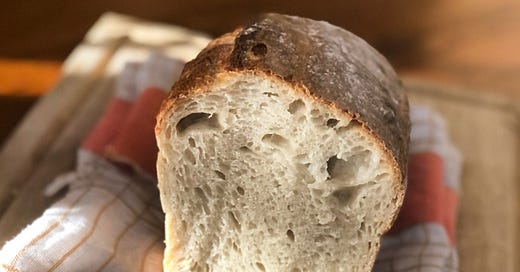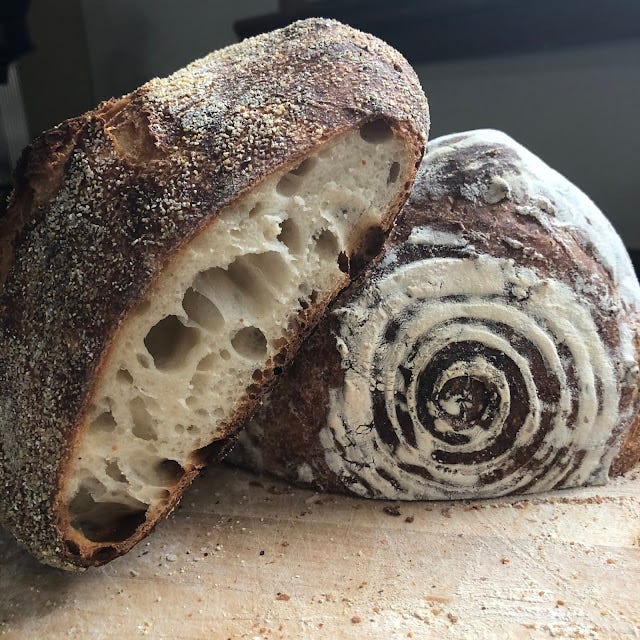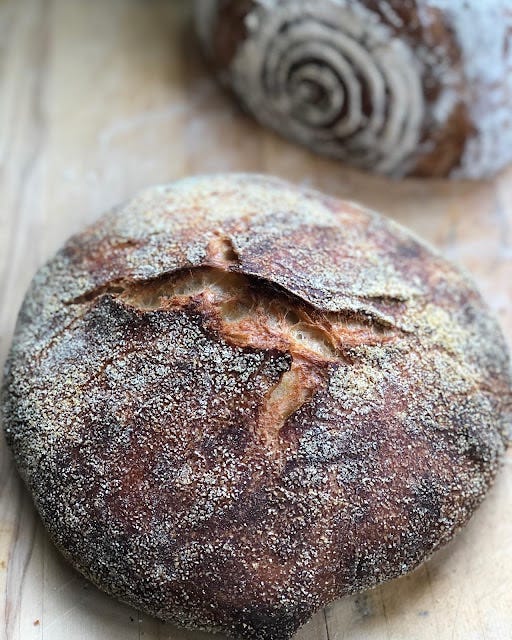When did tweezers become the most important tool in the kitchen?
I think you know what I mean. Tweezer food is easily recognizable: the precisely placed microgreens artfully topping a perfectly cooked piece of salmon; the nasturtium blossom placed just so on the scallop; the tiniest amount of caviar gracing a quail egg.
Don’t get me wrong. There is real magic in tweezer food. Beneath the artfulness lies a dish that has been meticulously and thoughtfully crafted. A mélange of flavours and ingredients that require time and imagination to assemble.
Last week we had an outstanding meal at a counter in the kitchen at Elora Mill’s wonderful restaurant. The ten-course meal was a composition of the season, and yes, there were tweezers at play. Every course was beautiful, delicious and memorable.
Perhaps even more memorable were the great conversations we had over the course of the evening. We heard about the sous chef’s father, also a professional chef, who never cooked at home. It was his mother who did the cooking, and whose lessons were ingrained in his approach to food. We met a young woman from Newfoundland who moved to Ontario to be part of the restaurant’s A-team – her first time off The Rock for a dream job. And we got into a deep conversation with the manager, a former restauranteur, about how the simplest dishes are often the most memorable.
Simplicity is underrated
It’s the dilemma of the home cook. We aim to please and to impress. The early dinners we hosted featured an evening’s worth of complicated dishes, requiring hours of time, a list of ingredients a mile long. The pleasure of the evening overshadowed by too much time in the kitchen, too little time at the table.
Now I know better. I hew back to the lessons unconsciously learned at my mother’s table. It’s not the number of ingredients; it’s their quality that matters. In an age of minimalism, we can apply the same principles to our cooking practices too. It doesn’t mean that more complicated dishes are no longer part of my repertoire. Like Goldilocks, in my efforts to achieve a balance between complex and simple, I’ll aim to get it just right.
A simple loaf of bread
There’s a reason why the recipe for a really good loaf of bread hasn’t changed in hundreds of years. The short list of ingredients are easily at hand, the process is straightforward and the results are delicious.
Yes, it can take time, and a bit of practice to get to perfection. But even the loaf that hasn’t risen quite as much as it should have, or is a bit misshapen, or is too pale or too dark, is still a thing of magic. That flour and water and salt and a bit of yeast can combine to make bread is the kind of kitchen science I love.
Rather than recite one recipe, I thought I would share the links to some of my go-tos.
Top of that list, and my favourite bread to make is Jim Lahey’s sourdough loaf. While it takes some planning, it’s a mostly hands-off affair that requires little more than patience, a hot oven and a sturdy pot.
Don’t have time for Lahey’s long fermentation? Then you can try this 6 hour no knead bread recipe from my good friend Bonnie Stern, who is the most brilliant cook I know (and watch for her new cookbook coming out in 2022).
And if you’ve experimented with sourdough starter, another one to try is King Arthur’s no knead sourdough bread. Made in a rectangular pan, it’s perfect for sandwiches or toast and requires less time.
Winter is coming. The days are shorter. The time for simplicity is now. Make some bread.








